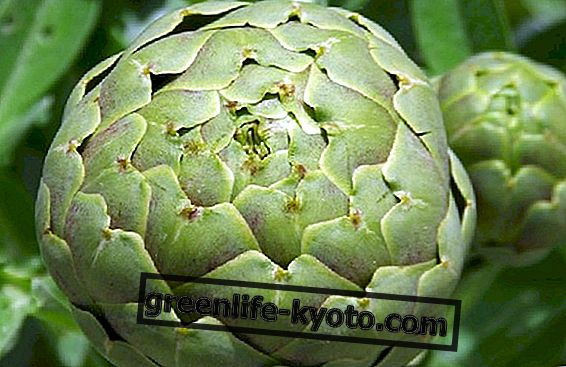
Polyphenols what they are
Polyphenols are molecules of organic vegetable origin present in many forms and varieties.
Their function within the human body is to help keep human cells healthy through different actions:
> They fight cellular aging by counteracting the action of free radicals, which are the result of the natural process of cellular metabolism and which lead to oxidation and premature cell death;
> as in plants polyphenols perform the function of protection from external agents, also in the human body they are anti-inflammatory and antiviral ;
> contribute to cellular apoptosis, which is a normal mechanism of abnormal and defective cells in the organism that leads them to "commit suicide" because they do not respond to the original DNA;
> fight the vascularization of abnormal cells produced by the body;
> regulate the absorption and storage of cholesterol in the blood, and therefore allow to act on the health of the circulatory and cardiovascular system;
Some polyphenols have an action on the metabolism, since they inhibit the storage of fat in the cells and increase the basal metabolism.
Main types of polyphenols
Phenolic compounds are divided into different classes according to their chemical structure.
The main classes of polyphenols useful for health are:
> Phenols : phenolic compounds are present in small fruits, and therefore in seeds, berries, berries, plums, cherries, blueberries, green tea, black tea, broccoli and olive oil;
> flavonoids : anthocyanins present in citrus fruits, berries, onions, legumes, red grapes, green tea, parsley and dark chocolate (minimum 70% cocoa);
> flavonoli : including quercitin present in apples, berries, figs, red grapes, onions, broccoli, green leafy vegetables (spinach and salads), and green and black tea;
> catechins : present in apricots, plums, peaches and strawberries, green tea and black tea, grapes, broad beans and peas, and cocoa;
> anthocyanidins : in berries and berries, grapes, strawberries, berries, and apples;
> isoflavonoids : they are present in soy and in soy derivatives, and in seeds;
> stilbenes : resteratol is present in red grapes and in wine from red grapes;
> tannins : tannins are present above all in tea, be it green, black, red or white, in persimmons, blueberries, strawberries and red grapes;
> lignans : lignans are present in seeds, whole grains, squash, peppers, broccoli, garlic, leeks and asparagus;
> cinarina : present in artichokes and green tea.
Polyphenols: where they are found and how to consume them
Polyphenols are found in many vegetables and in many fruits, and in other foods such as seeds and whole grains .
They are more present in the aerial parts of fruit and vegetables, rather than in the stem and in the root, and more in the skin and in the part of the pulp closest to it .
The polyphenols are found in vegetables with a marked green and leaf color, as well as in fruits with a reddish color . Furthermore, green tea is an important resource of polyphenols, collecting in a single food more types of phenolic compounds. Following the season and choosing vegetables and colored fruit allows you to fill up on polyphenols and health .
For all these reasons it is therefore very important, when possible, to buy untreated products and also consume the fruit peel . For vegetables some polyphenols become more available after a short steam cooking and in boiling water .
To know the right degree of cooking, just look at the color of the vegetable : when the vegetable acquires a bright color, it means that it is ready to be consumed, with the possibility of making the most of its beneficial properties. An example is carrots, cruciferous vegetables in general, and green leafy vegetables.
Tea, be it green or white, black or red, must remain in infusion for at least 7 minutes to release even the tannins.
Finally the berries and the grapes are often treated on the surface, so it would be better to rinse them under plenty of fresh running water before eating them with all the peel.













